Amaryllis Lily
Amaryllis, scientifically known as Hippeastrum, is a popular flowering plant known for its large, showy blooms. With its vibrant colours and elegant appearance, Amaryllis adds a touch of beauty and sophistication to any indoor or outdoor space.
Origins and Characteristics:
Amaryllis is native to tropical and subtropical regions of the Americas. It belongs to the Amaryllidaceae family and is known for its tall, leafless stalks that produce large, trumpet-shaped flowers. Amaryllis flowers come in various colours, including red, pink, white, orange, and bi-coloured.
Planting and Bulb Care:
Plant Amaryllis bulbs in well-draining soil, leaving the top one-third of the bulb exposed above the surface. Choose a pot that allows for good drainage and enough room for the bulb to grow. Water the bulb sparingly initially and gradually increase watering as the foliage and flower stalk develop.
Light and Temperature Requirements:
Amaryllis thrives in bright, indirect light. Place it near a sunny window where it can receive at least six hours of sunlight daily. Keep the plant at temperatures between 65°F and 75°F (18°C to 24°C) during the flowering period. After flowering, Amaryllis can tolerate lower light conditions.
Watering and Fertilization:
Water Amaryllis thoroughly when the top inch of soil feels dry, but avoid overwatering or letting it sit in standing water. Allow excess water to drain properly. During the active growth period, fertilize the plant every two to three weeks with a balanced, water-soluble fertilizer formulated for flowering plants.
Flowering and Blooming:
Amaryllis bulbs usually produce blooms within 6-8 weeks after planting. The flowers can last for several weeks, providing a stunning display. To encourage repeat blooming in subsequent years, allow the foliage to continue growing after flowering, and provide proper care throughout the year.
Bulb Dormancy and Reblooming:
After the flowering period, Amaryllis enters a period of dormancy. Reduce watering and stop fertilizing to allow the foliage to wither naturally. Keep the bulb in a cool, dry place for about 8-10 weeks, allowing it to rest. After the dormant period, resume watering and bring the bulb back to a bright, warm location to initiate new growth and flowering.
Propagation:
Amaryllis can be propagated through bulb offsets or by collecting and planting seeds. Bulb offsets are small bulbs that develop around the main bulb. Gently separate the offsets from the parent bulb and plant them individually in well-draining soil.
Pests and Diseases:
Amaryllis is generally resistant to pests and diseases. However, it may occasionally be susceptible to aphids, mealybugs, or fungal infections. Monitor the plant regularly and take appropriate measures, such as using insecticidal soap or fungicides, if necessary.
Amaryllis Outdoors:
Amaryllis can be grown outdoors in garden beds or containers in suitable climates. Choose a location with well-draining soil and partial sun to full sun exposure. Protect the plants from extreme temperatures and ensure adequate moisture during the growing season.
Amaryllis Varieties:
Numerous Amaryllis cultivars are available, offering a wide range of colours, patterns, and flower shapes. Popular varieties include ‘Red Lion,’ ‘Apple Blossom,’ ‘Charisma,’ and ‘White Christmas.’ Explore different varieties to add diversity and beauty to your Amaryllis collection.
Amaryllis is a beautiful flowering plant that brings elegance and colour to any space.
Things to know about Amaryllis
Common (vernacular) Name
एन्थूरियम (Hindi), Anthurium, Flamingo Lily, Flamingo Flower, Painter's Palette, Lace Leaf, Pigtail Plants, Tail Flower and many more.
Botanical Name
Anthurium Andraeanum
Origin
Mexico to Tropical America (Colombia, Ecuador).
Family
Araceae
Plant Type
Tropical plant
Plant Features
Ornamental / Evergreen / Exotic
Life Cycle
Perennial
Landscape Uses
Container Planting and Houseplants.
Species
Belolonchium, Calomystrium, Cardiolonchium, Chamaerepium, Cordatopunctatum, Dactylophyllium, Decurrentia, Digitinervium, Gymnopodium, Leptanthurium, Pachyneurium, Polyphyllium, Polyneurium, Porphyrochitonium, Schizoplacium, Semaeophyllium, Tetraspermium, Urospadix, Xialophyllium.
Varieties
It comes with thousand of different varieties in a diversity of leaf and flower colorations.
Size
Height : 1 to 1.5 feet tall and Width : 1 feet wide when mature.
Indoors or Outdoors
Outdoors : Anthurium can be used outdoors in shady plantings, avoid direct sun light.
Indoors : Excellent plant grow in bright light or indirect light. Best indoor plants for beginners.
Blooming / Flowering
Blooming period is throughout the year.
Flower Colour
It’s come with a contrasting spadix Gold, Yellow, Orange, Pink, White, Green, Purple, Red, Burgundy, Multicolored and Variegated colours.
Lucky Plant
According to Feng Shui, It bring Good Luck in your relationships.
Lighting / Sun Exposure
Bright Indirect Sunlight.
Temperature
Grow best preferably warm temperature above 21°C and can be tolerate max temp. as high as 32°C.
Growth Rate
Anthurium is a slow to moderate growers plant.
Watering
Moderate watering, Mist or over head sprinkler to provide water and to improve relative humidity. Not tolerate overwatering it may cause root damage and yellowing of the leaves.
Fertilizer
Slow-release fertilizer, or a water-soluble liquid fertilizer once or twice in the growing season (Spring through Summer).
i.e. - Cow dung, DAP, Compost, NPK 30-10-10 fertilizer, liquid organic fertilizer etc.
Pruning
Pruning of Anthurium not much is needed. However, trimming away only discolored or dead leaves.
Propagation
Seeds : The best time to sow your Anthurium seeds is in the end of Winter / early Spring but it can't can give good result.
Stem Cuttings : The easier methods of propagation of Anthurium in water or in soil via stem cuttings, and can be done during the warm growing season.
Division : Division of Anthurium can be done in Rainy season, or better in February to March.
Dormancy Period
Month : November to February (winter season)
Shed their leaves and show poor growth, Watering minimally.
Avoid : Propagate, Fertilize and Repotting.
Container
Ceramic Pot, Plastic Pot, Terracotta or Clay Pot is preferred, which ensures good drainage as well as water holding capacity.
Soil Type
A well-drained Loam / Coarse potting soil is recommended as well as water holding capacity. Prevent soggy potting medium.
Our recommendation for potting mix : Equal part mixture of Garden Soil (25%) + Compost (25%) + River Sand (25%) + Cocopeat (25%). You can substitute pieces of Charcoal, Vermicompost, Perlite etc.
Soil pH
Lightly Acidic soil - Ideally 5.5 to 6.5 pH (potential of hydrogen) is recommended for Anthurium.
Repotting
It is advisable to repot the Anthurium every year or two preferably spring to midsummer season.
Maintenance
Low maintenance and easy to grow.
Properties
Toxic or Poisonous to both humans and pets upon ingestion.
Benefits
Excellent indoor air purifier, Anthurium plants turns CO2 into oxygen. It purifies indoor air by removing harmful chemicals like ammonia, toluene, xylene and formaldehyde.
Special Features
Doesn't attract hummingbirds and pollinators like butterflies and bees or wasps.
Infestation / Pests
Aphids, Scale insects, Thrips, Mealy bugs, Spider mites and caterpillars etc.
Diseases / Problem
Physiological Problem : Anthracnose, Leaf Spot and Powdery Mildew.
Bacterial Problem : Bacterial Blight, Bacterial Wilt and Black Nose Disease.
Fungal Problems : Root Rot and Water Mold.
Some Glimpse of Amaryllis

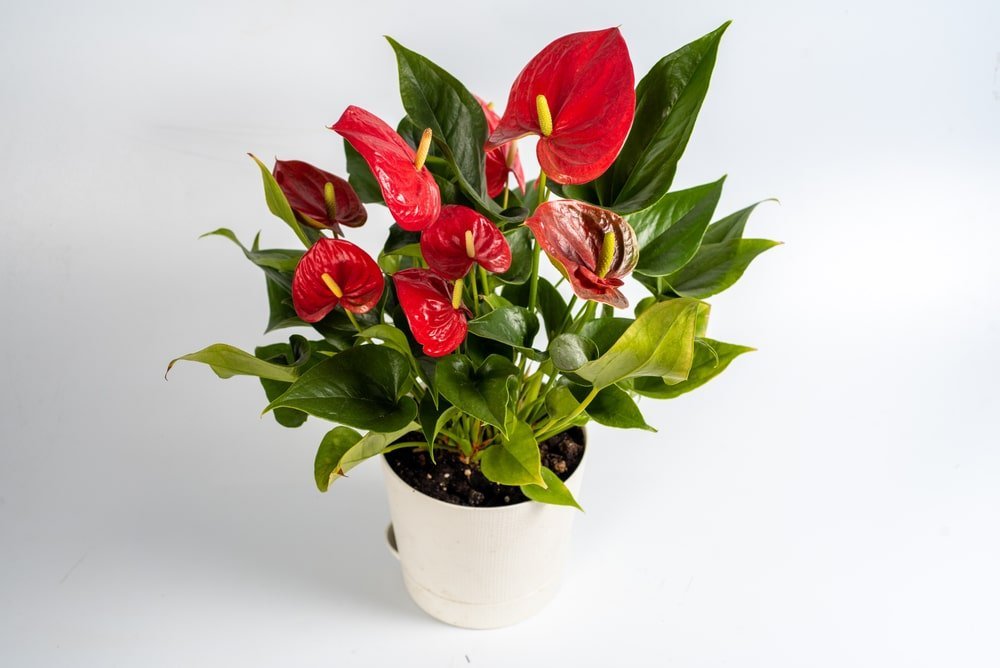
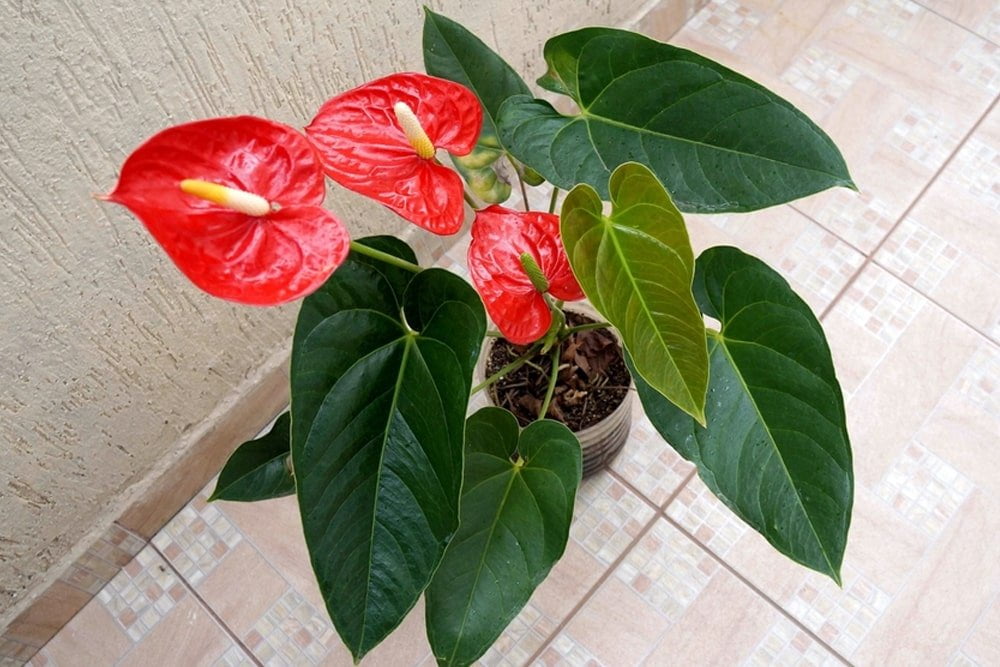


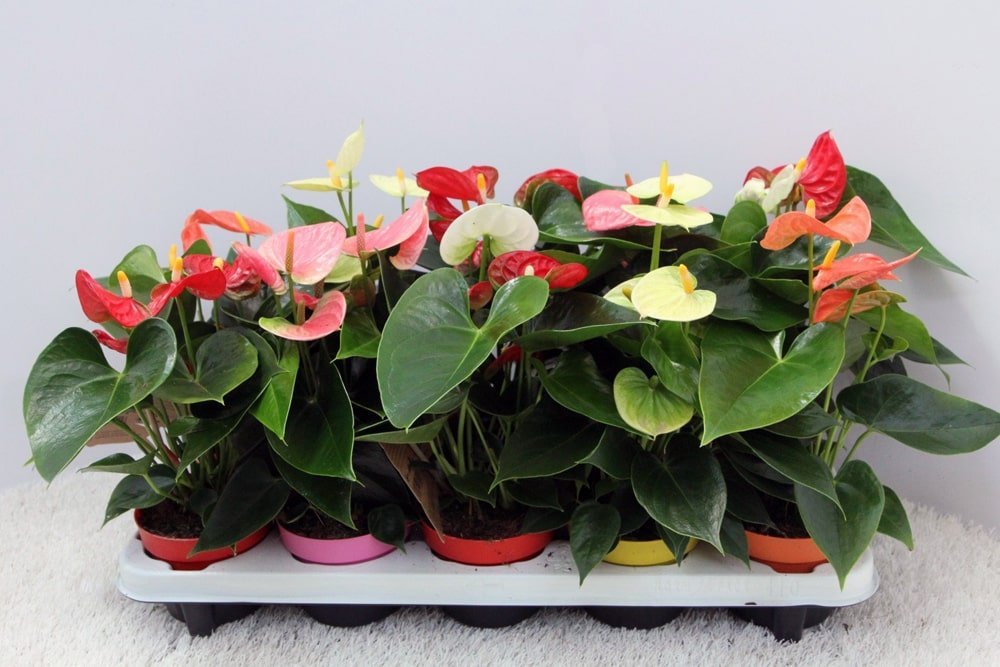


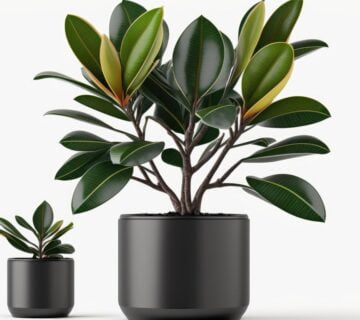
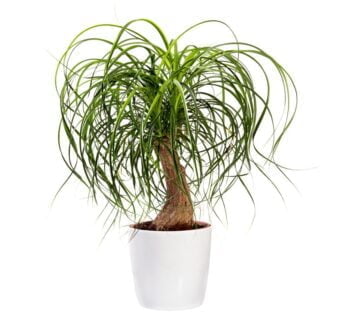
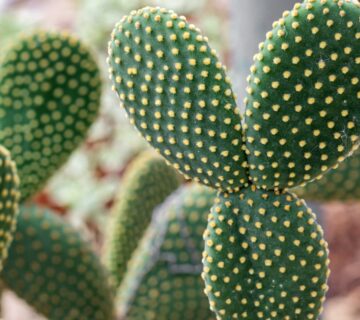
No comment